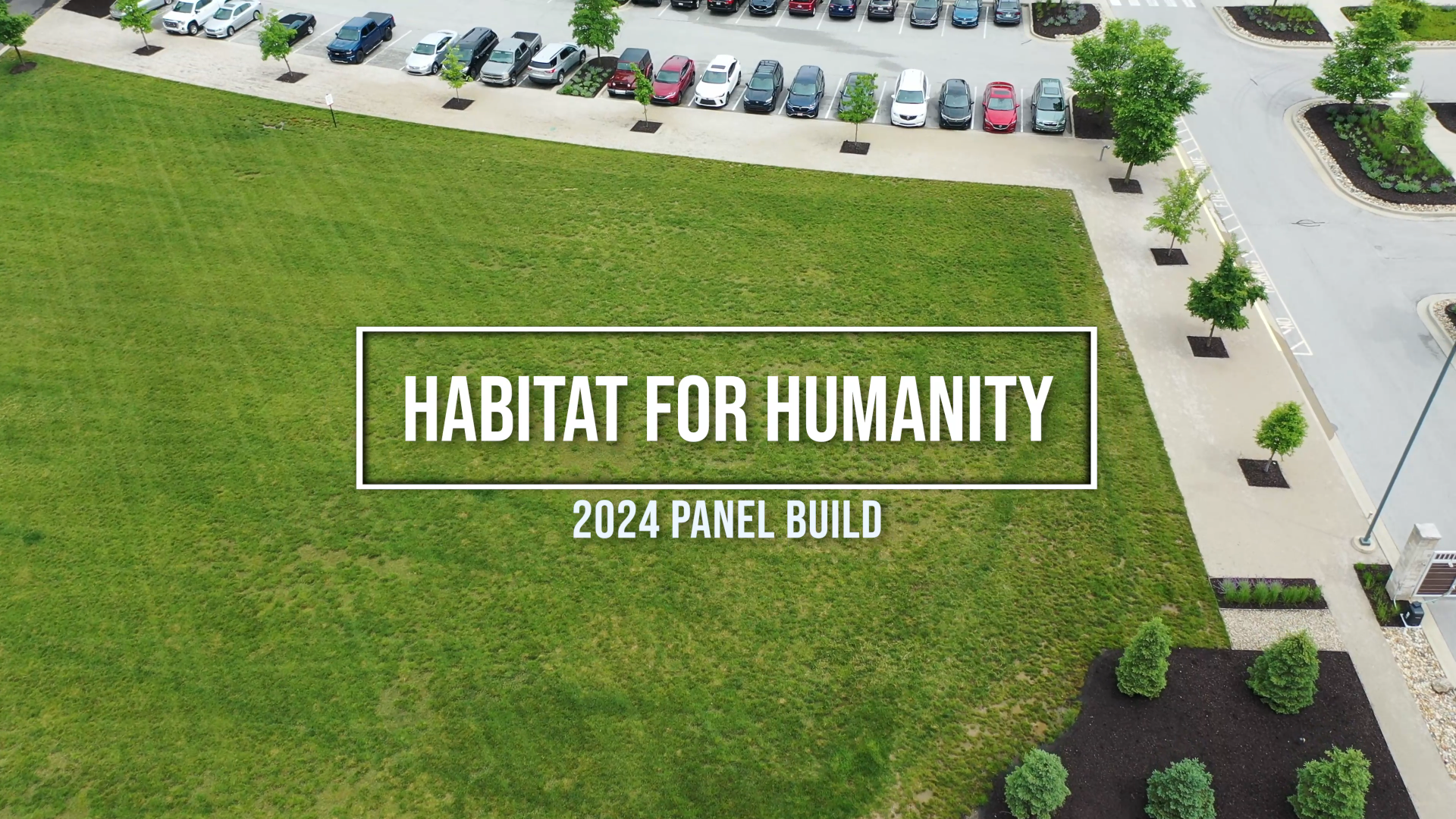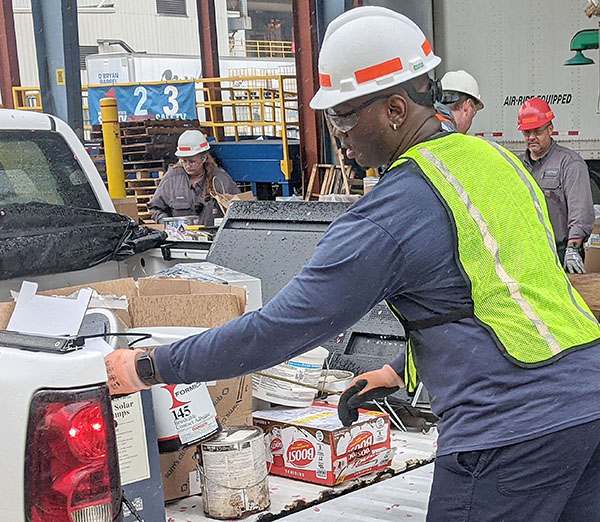According to the EPA, “The Resource Conservation and Recovery Act (RCRA) requires individuals who generate or transport hazardous waste, or who operate a facility for recycling, treating, storing, or disposing (TSD) of hazardous waste, to notify EPA or their authorized State waste management agency of their regulated waste activities and obtain a US EPA Identification (ID) Number (also known as a RCRA ID Number). Handlers of some Universal Waste, Used Oil, and Boilers/Industrial Furnace may require a US EPA ID Number, too. If you are regulated and do not comply with the RCRA notification requirements, you may be subject to civil and criminal penalties.” [1]
EPA ID numbers are specific to individual sites (except when they are issued to transporters) and permanent. There is an exception to the permanency in the case of provisional numbers which last for just 90 days and can be used in case of emergency or temporary one time clean-ups. After the 90 days they are no longer valid and are deleted from the national registry.
What if our site moves?
EPA ID numbers do not move in the event that the owner/operator should relocate (unless the owner or operator is a transporter). EPA ID numbers are so important because they help the EPA to track wastes through the entire cradle-to-grave cycle which follows waste from the point of generation to the point of disposal. So, “Once a US EPA ID number is assigned to a specific physical location, it belongs solely to that location and will belong to any owners/operators at that location.” [2]
Should a generator decide to move the location of their operations (even if it is just to a different place in the same town) they would need to inactivate their old ID number for the former location and request a new ID number for their new location. The EPA does note that, “If at the new location, a RCRA hazardous waste ID number had previously been issued to the former owner/operator, the number for that physical location will then be assigned to the new requester.” If not you would simply need to fill out a form as normal.
What forms do we have to fill out?
The EPA provides the Notification of Regulated Waste Activity (EPA Form 8700-12) and associated instructions in order to help these generators, transporters, and individuals determine whether or not they need to notify the EPA or authorized state of their regulated waste activities. If they do, they must submit the RCRA Subtitle C Site Identification (Site ID) Form including the following:
- “Initial Notification of Regulated Waste Activity
- Subsequent Notification of Regulated Waste Activity
- First RCRA Hazardous Waste Part A Permit Application
- Revised RCRA Hazardous Waste Part A Permit Application
- Hazardous Waste Report
- Notification for eligible academic entities opting into or withdrawing from managing laboratory hazardous wastes pursuant to 40 CFR Part 262 Subpart K (if in an eligible State)
- Notification for facilities managing hazardous secondary material pursuant to 40 CFR 260.42 (if in an eligible State)” [3]
Remember, some states have additional or different requirements than the Federal requirements. It is always best to check with your state government in addition to the EPA.
“In order to determine if your location already has been assigned a US EPA Hazardous Waste ID number, look in EPA’s Envirofacts Warehouse database by the physical location first (be sure to put in the State you want to search within).” [4]
As always, this blog post is not intended to be comprehensive and it is always best to check with the EPA and local government for full, up-to-date, rules and regulations.
More News From Heritage
-
6/27/24
Heritage Environmental Services to Acquire EBV from General Dynamics
Heritage Environmental Servicess, an EQT Infrastructure portfolio company, will acquire EBV from General Dynamics
-
6/13/24
Meet The Facilities – East Liverpool
An inside look at our incineration facility located in East Liverpool, OH
-
5/24/24
Habitat for Humanity 2024
Heritage hosted our 14th annual Habitat for Humanity build this month, partnering with over 50 employees from various THG companies.
-
5/6/24
Date set for the household hazardous waste collection in East Liverpool, Ohio
-
3/12/24
Equal Pay Day – Spotlighting Our Female Drivers
-
3/8/24
International Women’s Week Spotlight – Shannon Dippel
For International Women's Week, we're spotlighting some of the incredible women in the Heritage family. Our final spotlight is Shannon Dippel.
-
3/8/24
International Women’s Week Spotlight – Susan Adams
For International Women's Week, we're spotlighting some of the incredible women in the Heritage family. Our sixth spotlight is Susan Adams.
-
3/7/24
International Women’s Week Spotlight – Lea Wilson
For International Women's Week, we're spotlighting some of the incredible women in the Heritage family. Our fifth spotlight is Lea Wilson








